The irony of not posting for three weeks, writing a dramatic “I’m back!” post, and then not posting again for a month is not lost on me! But excuses are boring, so I’ll spare you (this time)!
A few months back, I made my usual beeline to the children's section of a used bookstore and discovered a shelf dedicated entirely to Caldecott winners. Thumbing through the collection, I wasn't surprised to find nearly all the tried-and-true classics we'd reflexively name in a "Quick! List five children's books!" challenge. But it did get me wondering: Who was the man behind the medal?
Randolph Caldecott was born in Chester, England, in 1846. At 15, he left school to work in a bank but continued pursuing his passion for art, taking night classes and getting his drawings published in local newspapers. When he was 26, he made the leap: he quit his banking job, moved to London, and was soon elected to the Royal Institute of Watercolour Painting.
In 1877, Caldecott's career took a pivotal turn when Edmund Evans, a leading wood-engraver and color printer during the Victorian era, asked him to fill Walter Crane's absence and illustrate two Christmas books: The House that Jack Built and The Diverting History of John Gilpin (both published in 1878). Their instantaneous success led to Caldecott collaborating with Evans on several more books until Caldecott’s early death in 1886 at just 39 years old.
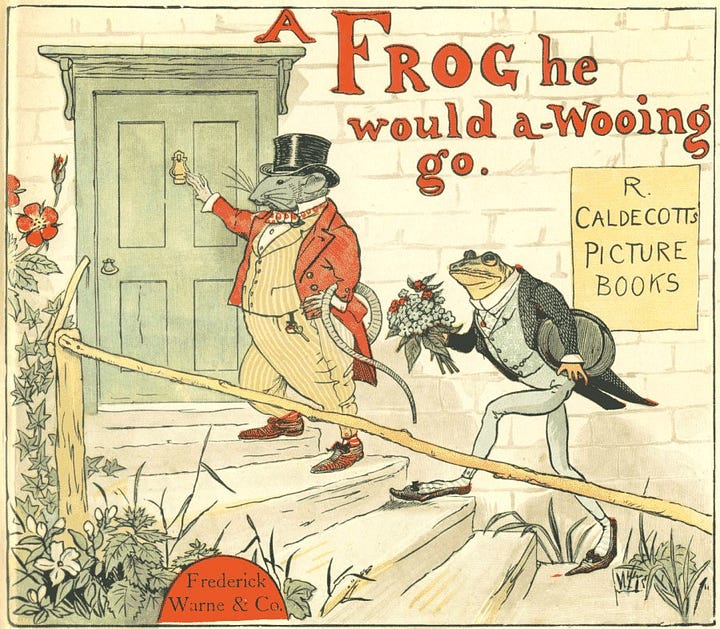
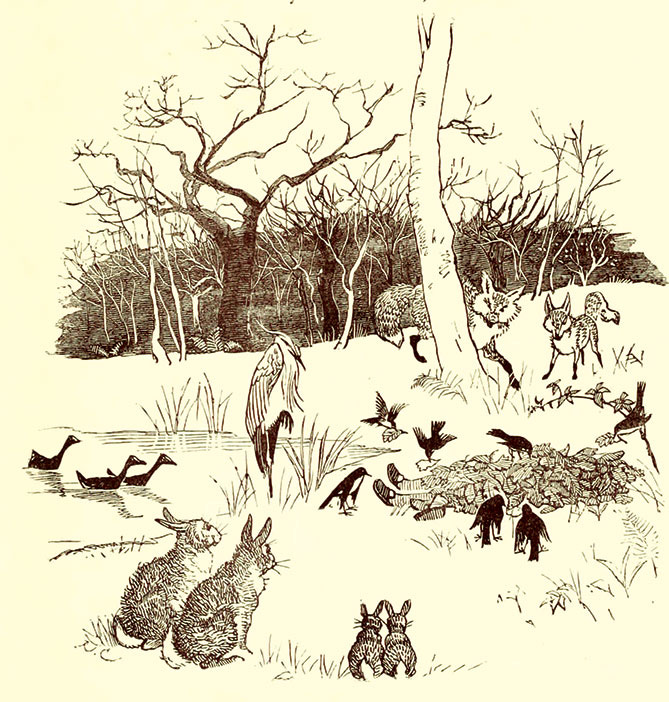
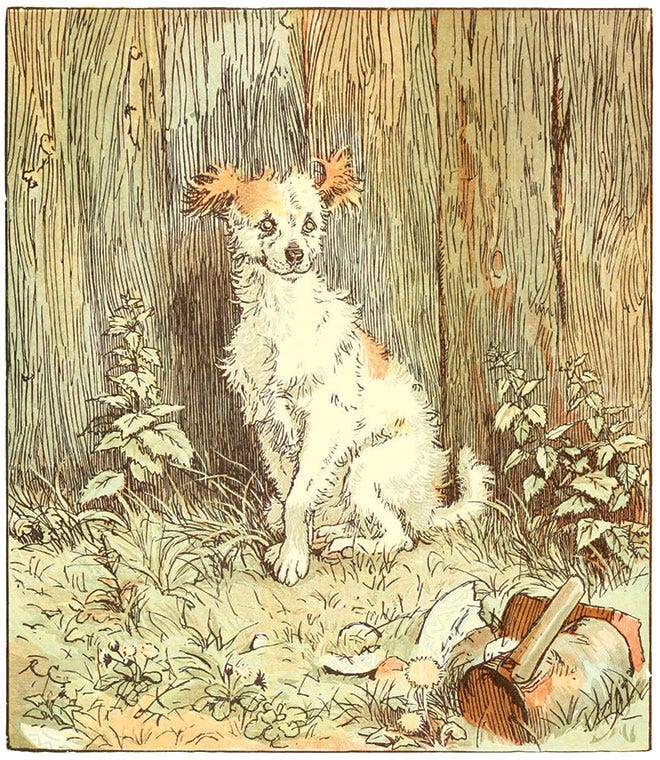
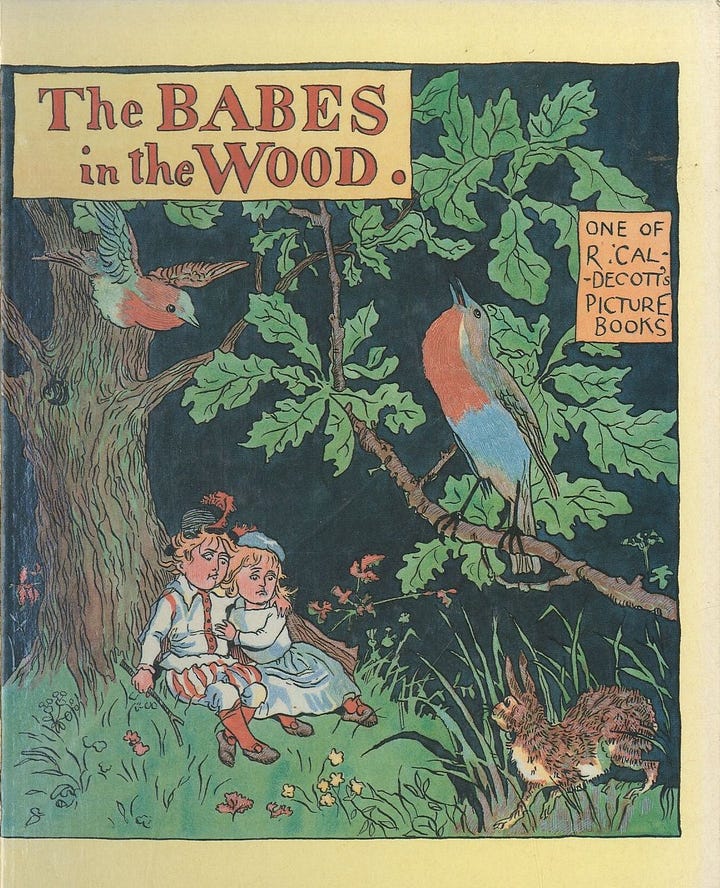
Randolph Caldecott was one of the three most significant children's book illustrators working in 19th-century England, alongside Kate Greenaway and Walter Crane (whom he had to thank for his fortuitous start!). Caldecott's illustrations were pioneering in their humor and tone, with an extraordinary ability to convey movement that nearly jumps off the page. His work set a precedent for everything that followed.
Maurice Sendak was a devoted admirer of Caldecott, arguing his contributions could not be overstated: "Caldecott's work heralds the beginning of the modern picture book. He devised an ingenious juxtaposition of picture and word, a counterpoint that never happened before. Words are left out—but the picture says it. Pictures are left out—but the word says it. In short, it is the invention of the picture book."
The Newbery Medal, established in 1922, honors authors of the most distinguished American children's books each year. But by 1937, it became clear that this focus on literary excellence was leaving out a crucial group: the talented artists whose illustrations are essential to the stories we know and love.
Frederic G. Melcher, a notable publisher, recognized this oversight and proposed a solution: a second annual medal specifically honoring the illustrator behind the most distinguished picture books, named after Randolph Caldecott.
It was a natural evolution that acknowledged what many already knew—great children's books are often the result of both exceptional writing and illustrations working hand in hand. The American Library Association enthusiastically embraced the idea and continues to award the medal to this day through its division, the Association for Library Service to Children.

As I combed through my collection, I (unsurprisingly) found plenty of those shiny seals tucked into the corners of book covers. Here are a few of my favorites (in no particular order):
The Moon Jumpers by Janice May Udry and Maurice Sendak (1959)
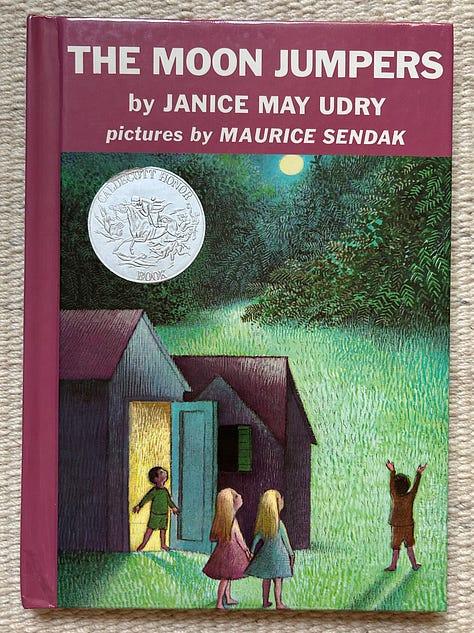
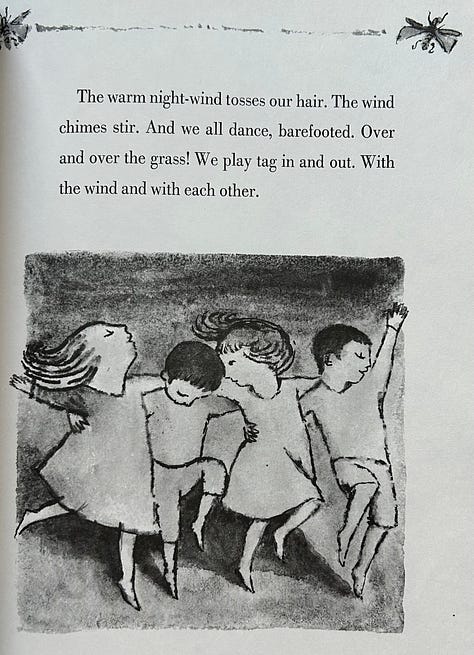
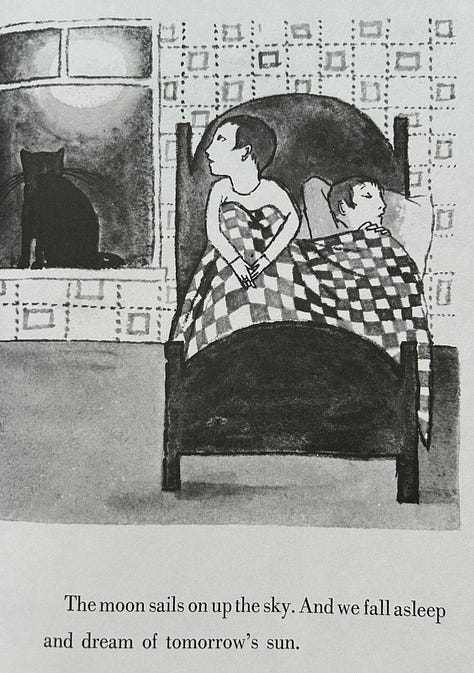
Sylvester and the Magic Pebble by William Steig (1969)
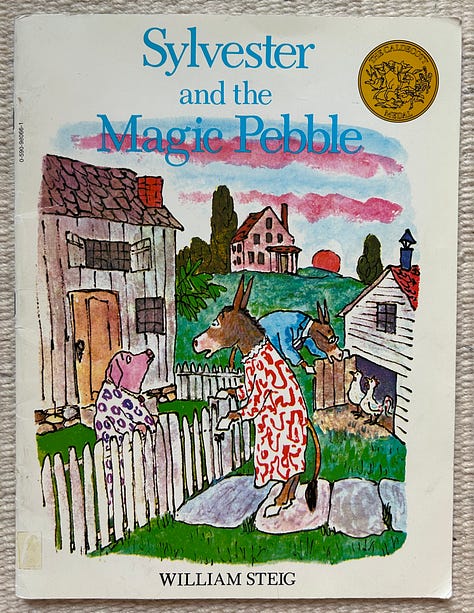
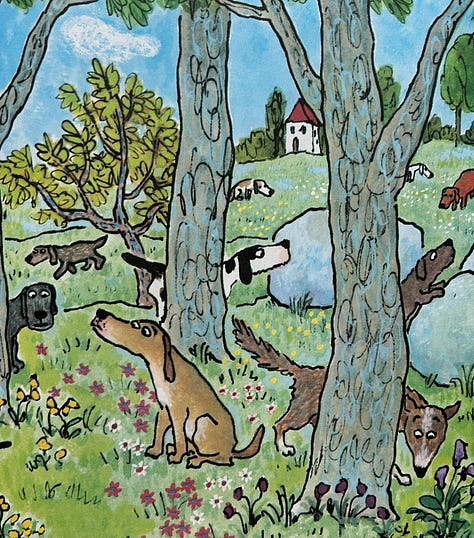
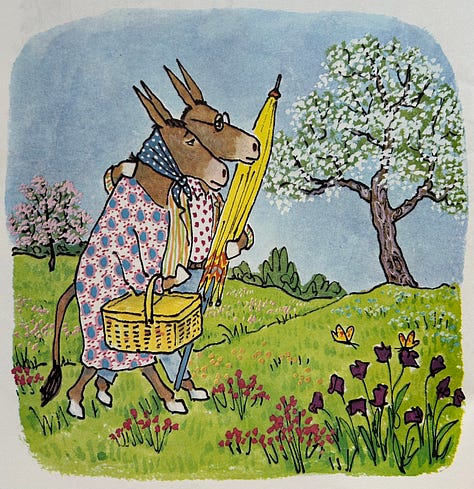
A Chair for My Mother by Vera B. Williams (1982)

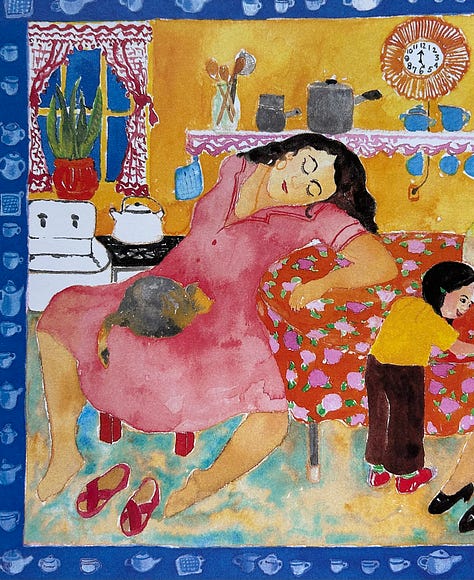
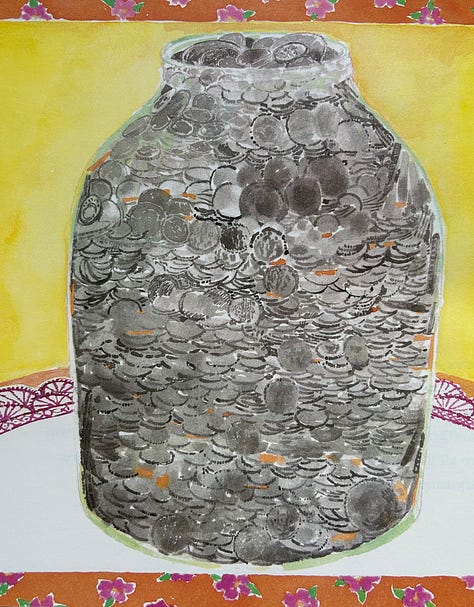
Time of Wonder by Robert McCloskey (1957)
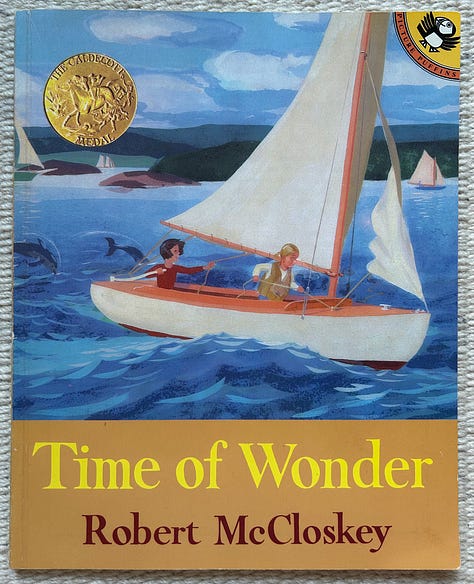
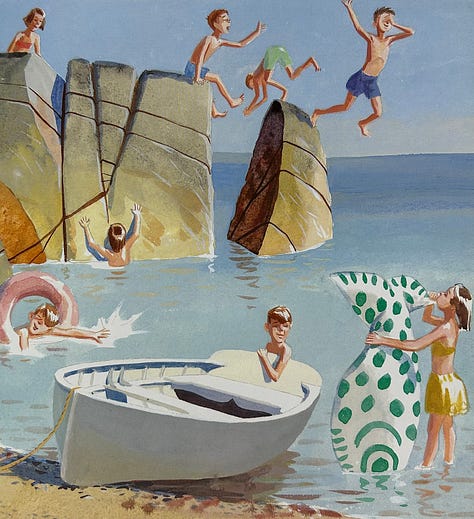
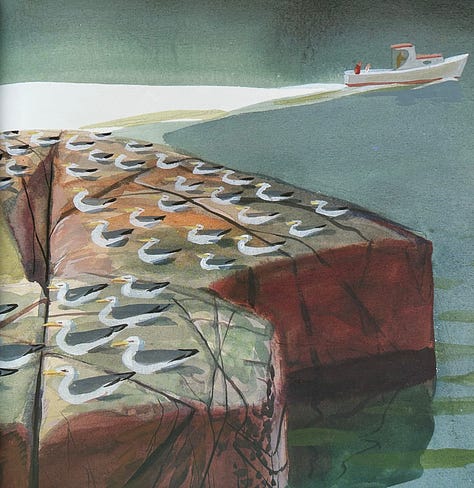
Finders Keepers by William Lipkind and Nicholas Mordvinoff (1951)
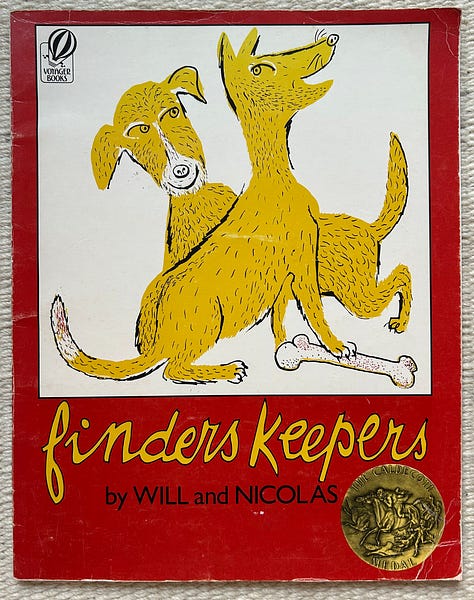
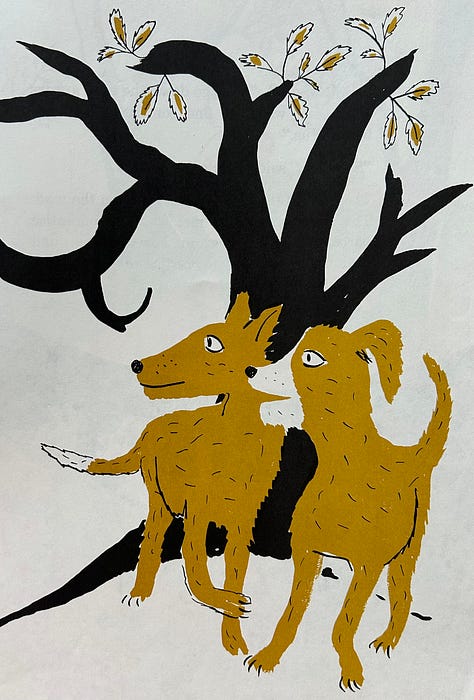
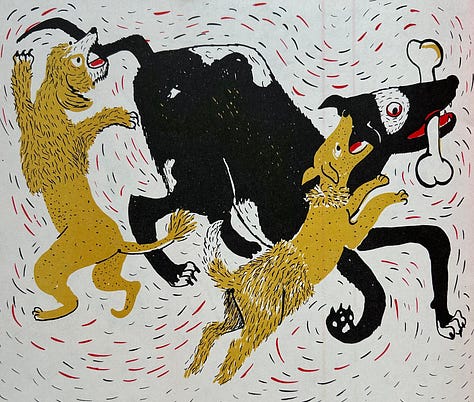
Swimmy by Leo Lionni (1963)
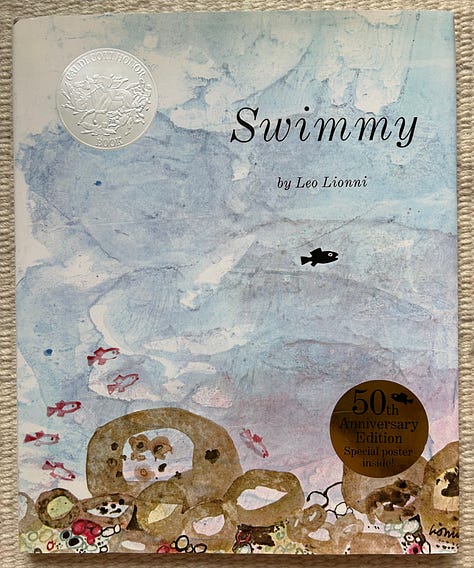
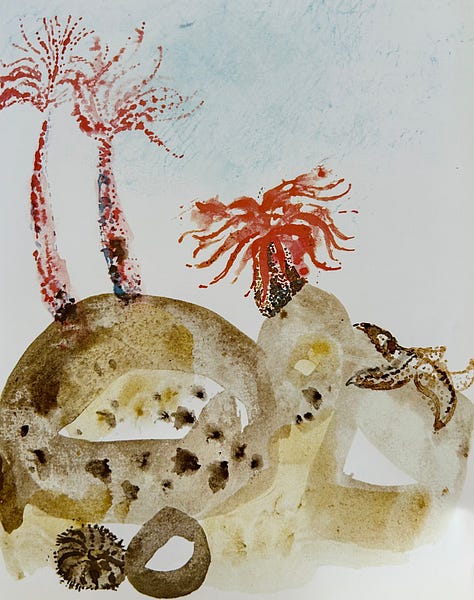
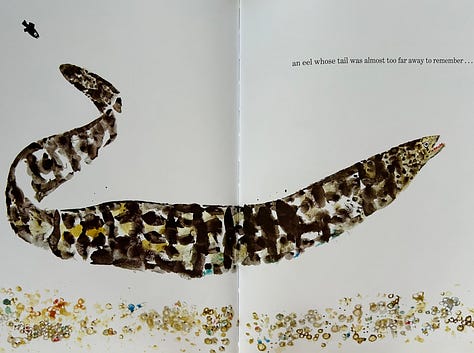
Tar Beach by Faith Ringgold (1991)
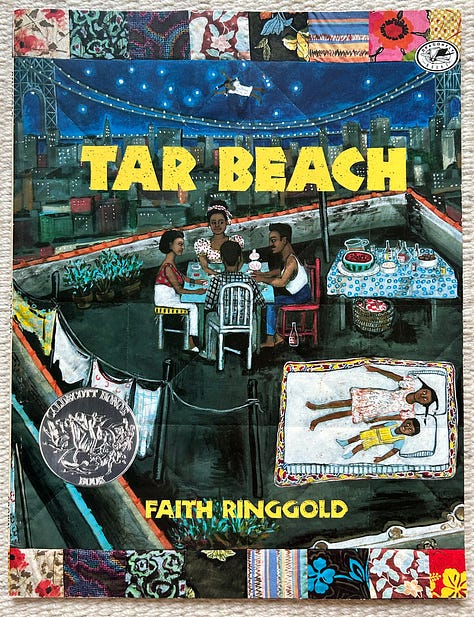
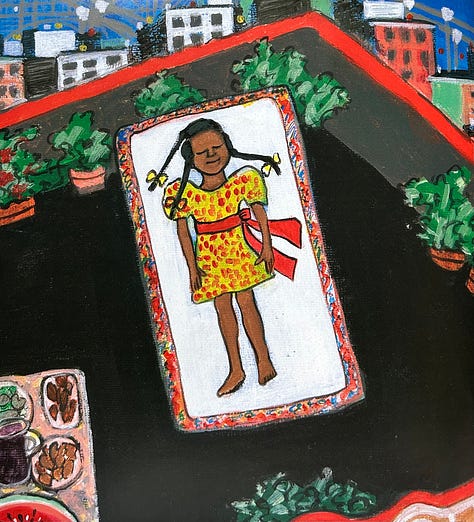
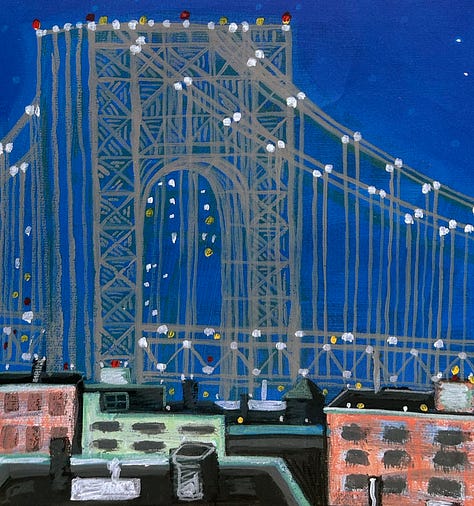
Do you have a favorite of the bunch? I think mine may be Vera B. Williams’ A Chair for My Mother, which was one I was obsessed with as a child, and has only become more evocative with time. I can’t imagine a day when I’ll stop looking at those illustrations in absolute awe.
Thanks for reading. If you enjoy children’s books and reading about them, and want to help keep this newsletter free for everyone, consider subscribing for just $5/month. No offspring required.
sources for this post:
https://en.wikipedia.org/wiki/Randolph_Caldecott
https://web.archive.org/web/20160309022629/https://www.highbeam.com/doc/1G2-3443200010.html
https://www.gutenberg.org/files/14077/14077-h/14077-h.htm
https://www.ala.org/alsc/awardsgrants/bookmedia/caldecott
https://www.abaa.org/blog/post/a-short-tribute-to-randolph-caldecott


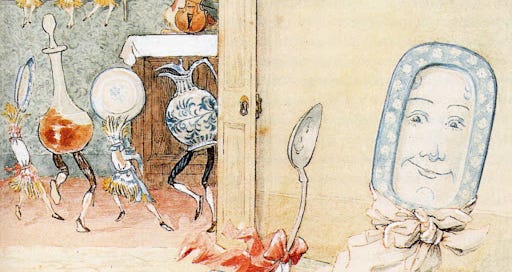


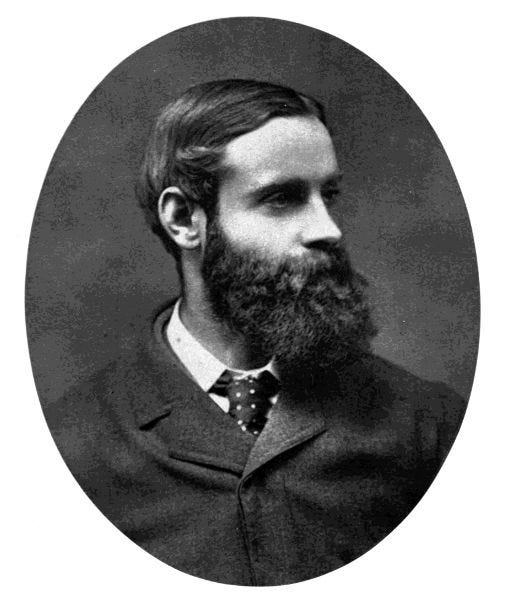

The art in Swimmy caught my eye - the colors, the brush strokes!
Welcome back.